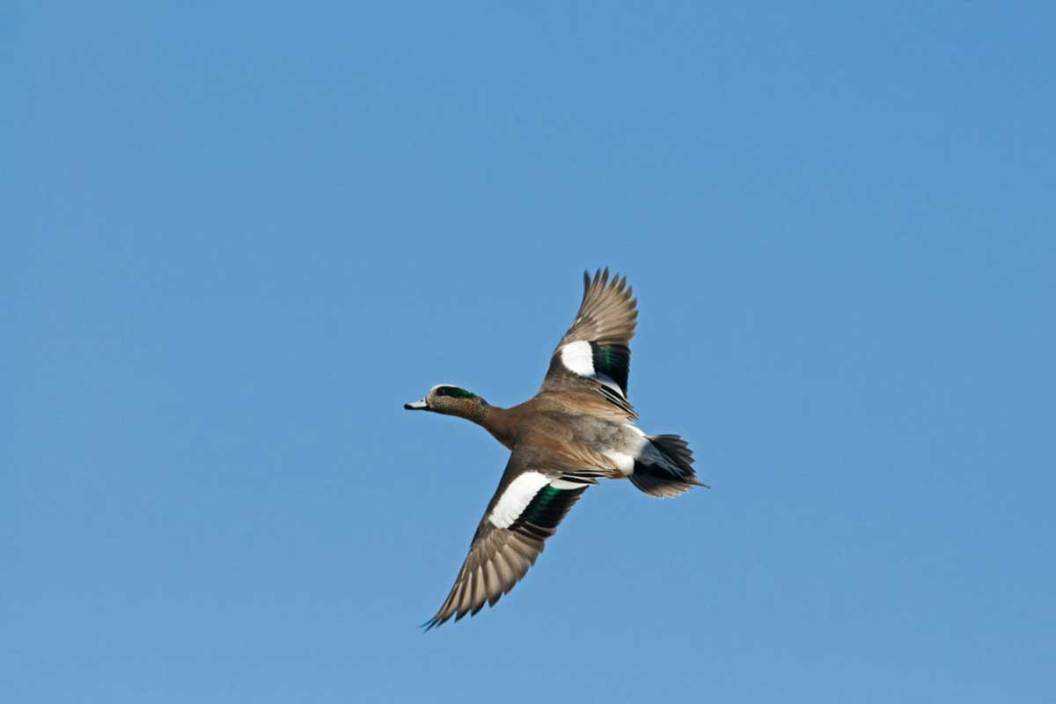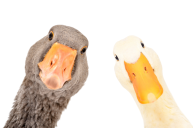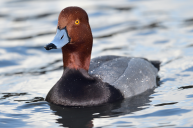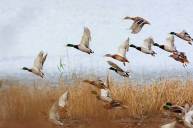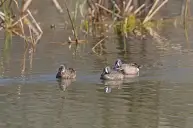Hundreds of thousands of waterfowl are banded each year in North America by hardworking organizations such as Ducks Unlimited and Delta Waterfowl, and by state and federal agencies. One of the most interesting things that can be learned from waterfowl bands is the age of the bird. The oldest puddle duck ever reported is North America's most popular species, the mallard. The oldest mallard was over 27 years old, even though the average mallard only lives to be about 2 years old. The oldest goose was a greater white-fronted goose that lived over 34 years.
Although all of the information gleaned from waterfowl bands is interesting and important for management including migratory behavior and patterns and survival, we are going to focus solely on age. Below, we will discuss the average ages of waterfowl, find out the ages of some of the most popular waterfowl species, discuss what waterfowl bands are, and look at how bands are put on ducks and geese.
Average Ages of Waterfowl
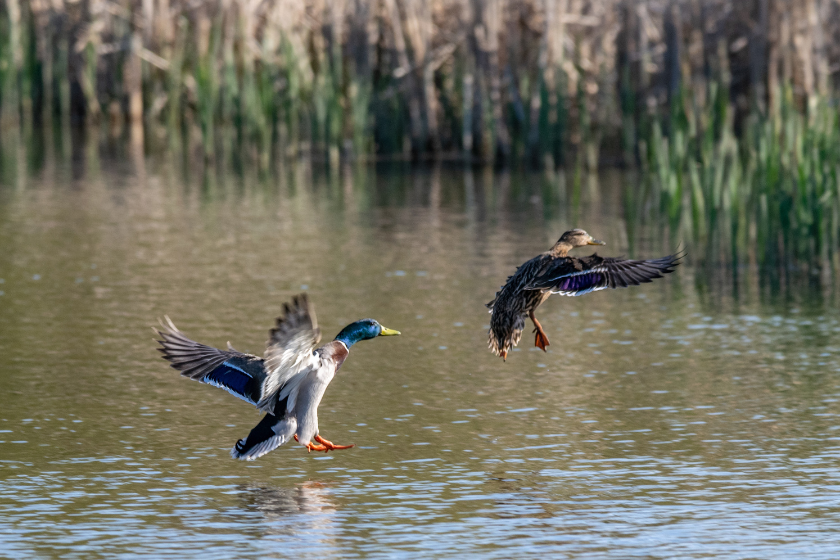
The average age of ducks is pretty difficult to nail down. If you are considering the period from egg to death, then the average age of a duck is very young, likely not even 1. For example, Ducks Unlimited reported that only 10% to 40% of duck nests are successful. Then, of the ducks that do hatch, only 30% to 50% make it past their first year.
Once a duck has made it past its first year, survival rates go up but still aren't great. Ducks Unlimited has reported that mallards, North America's most common duck, typically only live to 2 years old. Sea ducks, such as scoters, normally live to about 7 years old if they can make it past their first year. Considering this information, it's amazing that ducks ever reach old ages. But in fact, individuals of some species of ducks have lived to nearly 30 years old, and geese can live even longer. If you've harvested a duck with a band and find out that it is over 1 year old, then even at such a young age it has already beaten the odds many times over before being harvested by you.
List of Some of the Oldest Waterfowl Species
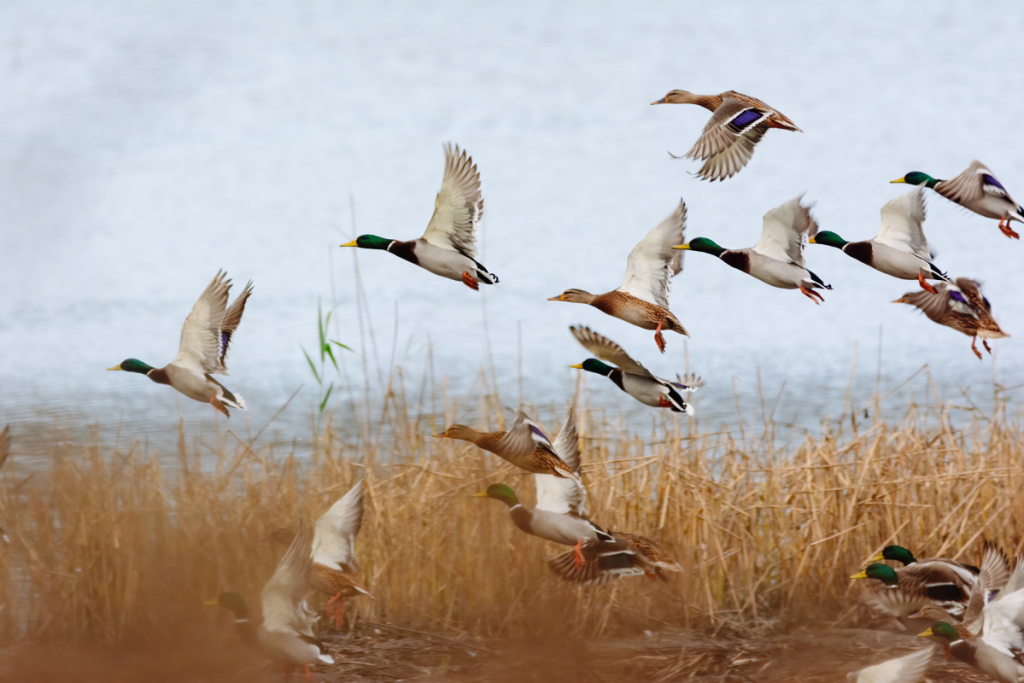
Thomas_Zsebok_Images via Getty Images
The oldest recorded ages below were reported by the U.S. Geological Survey and are the most recent data as of mid-November 2022. If the species you are looking for isn't listed below, go to this link and look up the species you are interested in.
Puddle Ducks
American Black Duck: 26 years and 5 months
American Wigeon: 21 years and 4 months
Blue Winged Teal: 23 years and 3 months
Cinnamon Teal: 10 years and 6 months
Eurasian Wigeon: 10 years and 7 months
Green Winged Teal: 20 years and 3 months
Gadwall: 19 years and 6 months
Mallard: at least 27 years 7 months
Mottled Duck: 13 years and 7 months
Northern Pintail: 22 years and 3 months
Northern Shoveler: 16 years and 7 months
Wood Duck: 22 years and 6 months
Diver Ducks
Barrow's Goldeneye: 15 years and 4 months
Black Scoter: 14 years and 6 months
Bufflehead: 18 years and 8 months
Canvasback: 22 years and 7 months
Common Eider: 22 years and 7 months
Common Goldeneye: 20 years and 5 months
Greater Scaup: 20 years and 5 months
Harlequin: 20 years and 9 months
King Eider: 24 years and 1 month
Lesser Scaup: 17 years and 7 months
Long-tailed Duck: 17 years and 5 months
Redhead: 20 years and 7 months
Ring-Necked Duck: 20 years and 5 months
Spectacled Eider: 18 years
Steller's Eider: 23 years
Surf Scoter: 19 years and 7 months
White-winged Scoter: 18 years and 1 month
Geese
Atlantic Brant: 16 years and 7 months
Black Brant: 30 years and 3 months
Blue Goose: 30 years and 8 months
Canada Goose: 33 years and 3 months
Emperor Goose: 20 years and 3 months
Greater White-Fronted Goose: 34 years and 7 months
Other Ducks and Waterfowl
American Coot: 22 years and 4 months
Black-Bellied Whistling Duck: 10 years and 7 months
Fulvous Whistling Duck: 11 years and 2 months
Ruddy Duck: 13 years and 7 months
Common Merganser: 13 years and 5 months
Hooded Merganser: 14 years and 6 months
Red-breasted Merganser: 11 years and 1 month
What is a Band?
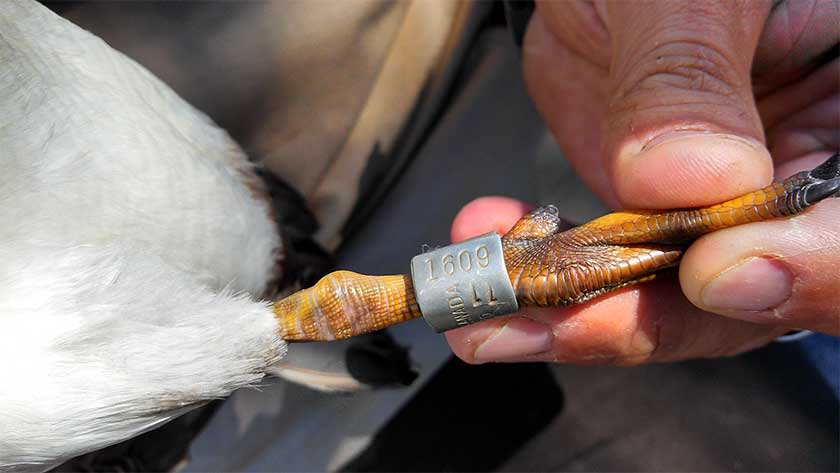
USFWS Mountain-Prairie via Wikimedia Commons
There are several different types of waterfowl bands, but the most common are neck bands and leg bands. Neck bands are large plastic bands with numbers on them that go around the base of the neck on a goose. Neck bands are typically only used on geese, swans, and cranes.
Leg bands are easily the most common band used on waterfowl. These are small aluminum bands that are gently crimped around a bird's leg. These bands usually only have a few numbers on them but may also include some information about who tagged them.
Ducks and geese with the bands are then recovered by people, typically hunters who've harvested the bird, and then reported to the federal government. The government takes the band identification numbers and enters them into its database.
Once biologists have received a band number and other pertinent information such as the date harvested, they are able to obtain a lot of valuable information about the bird including age, sex, species, tagged location, and more. They also can use this information to help set sustainable harvest seasons and bag limits for individual species.
How Are Ducks Banded?
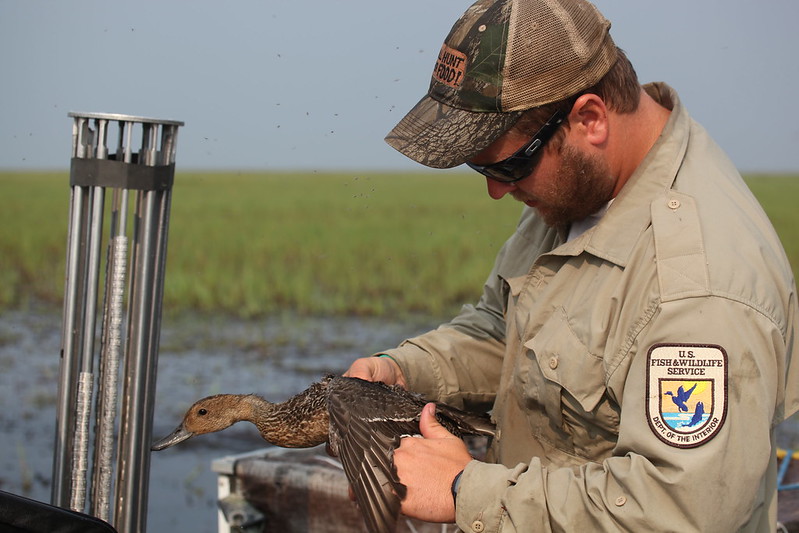
USFWS - Pacific Region via flickr (CC BY-NC 2.0)
Because the information gathered from banding ducks is so important, many people often wonder how waterfowl are actually banded. Ducks and geese are typically banded before they are capable of flight or during the flightless molt stage when they can be easily herded into traps, or fooled into walking or swimming into traps. According to the U.S. Geological Survey, over 14.5 million ducks and 6.2 million geese have been banded to date. Biologists may also employ rocket nets, which are basically nets shot out of a cannon at birds that have been lured into an area using bait or decoys. Banding typically occurs in the summer in breeding and nesting areas.
Duck biology is an interesting topic, and many hunters and biologists are fascinated by it. How long has the duck been alive, where it came from, how many migrations has it made, what has it seen, where was it going, and how many predators has it escaped are just a few of the questions I have personally thought of after harvesting a duck.
Duck bands and the hunters reporting them can help answer a lot of these questions, but some answers will never be known. Ducks are fascinating, and many organizations such as Ducks Unlimited and Delta Waterfowl are working hard to make sure these creatures are around for future generations to enjoy.
